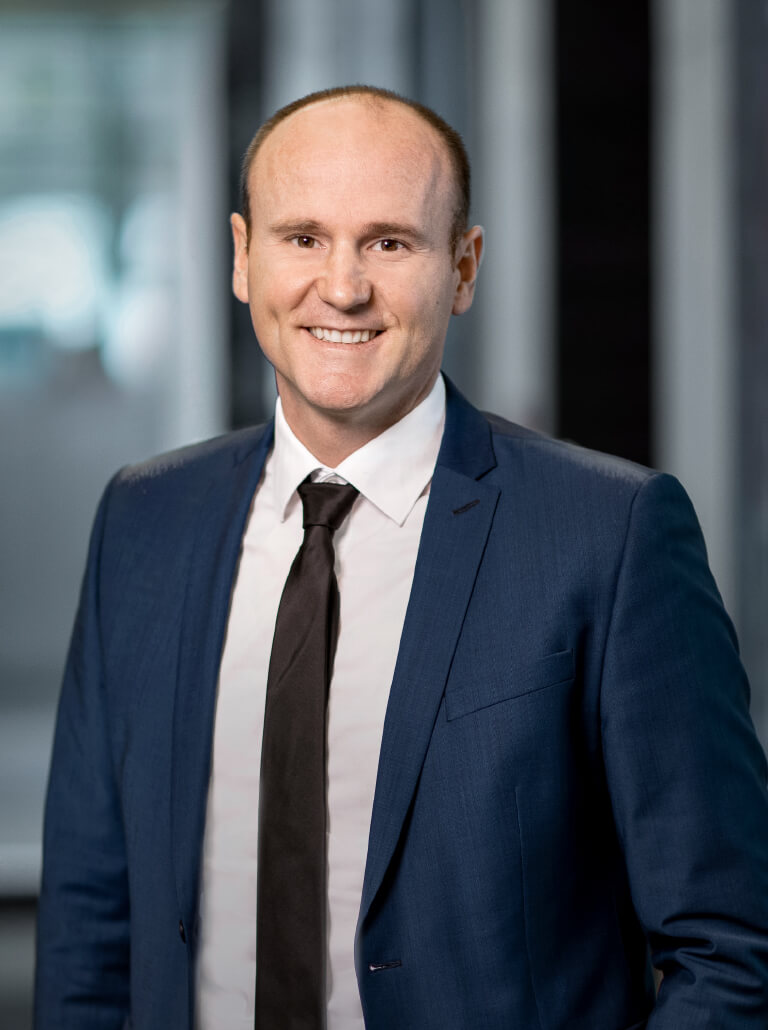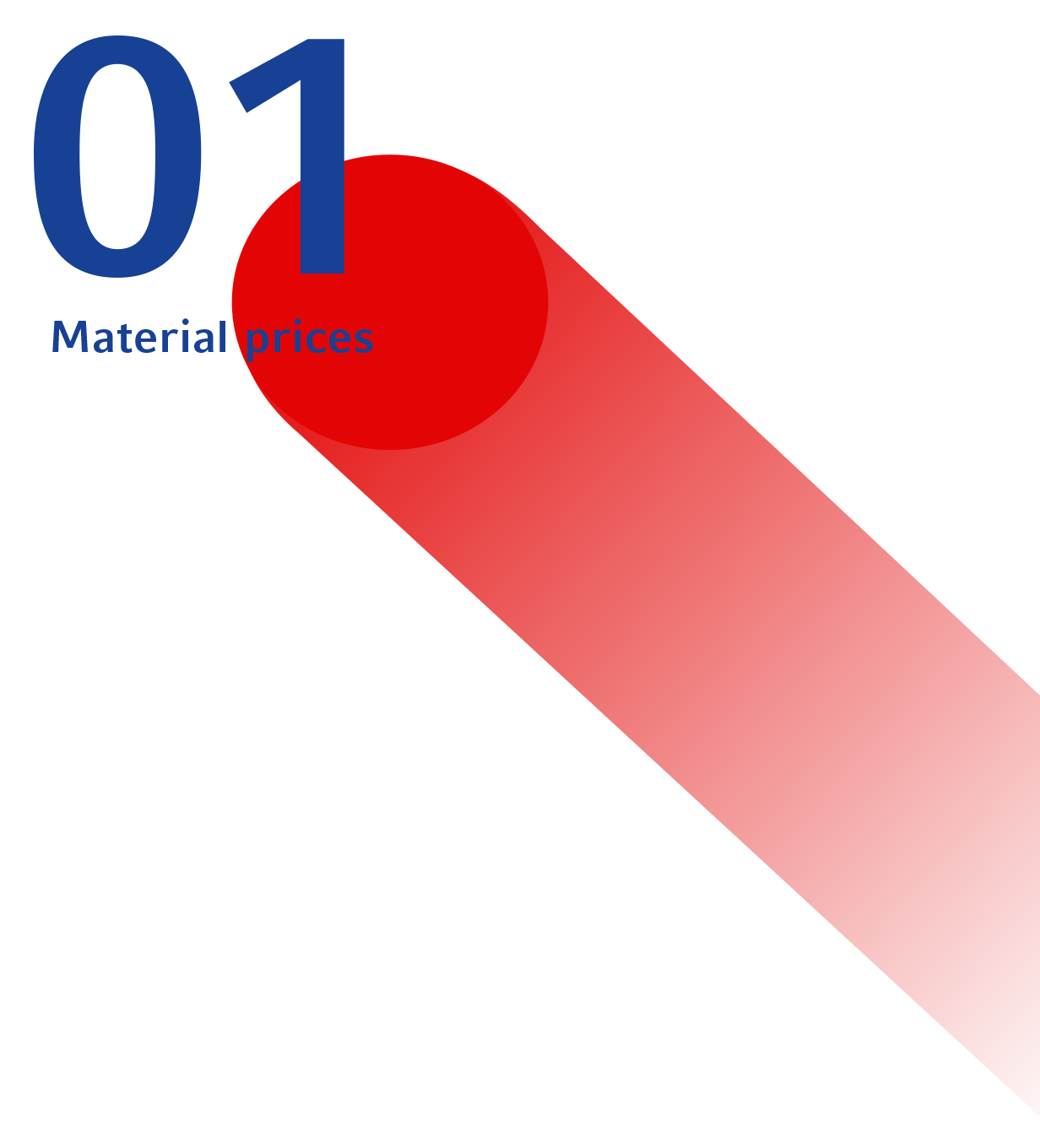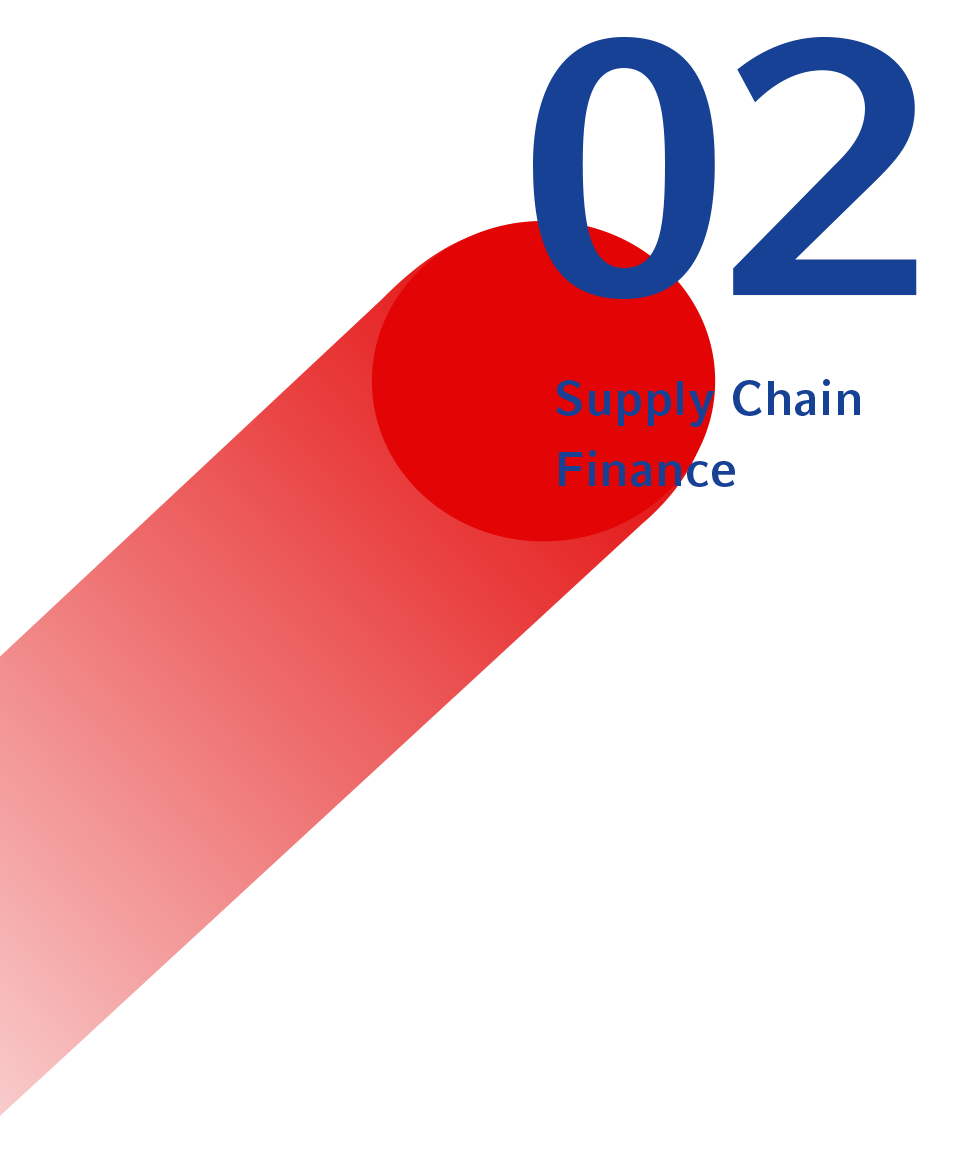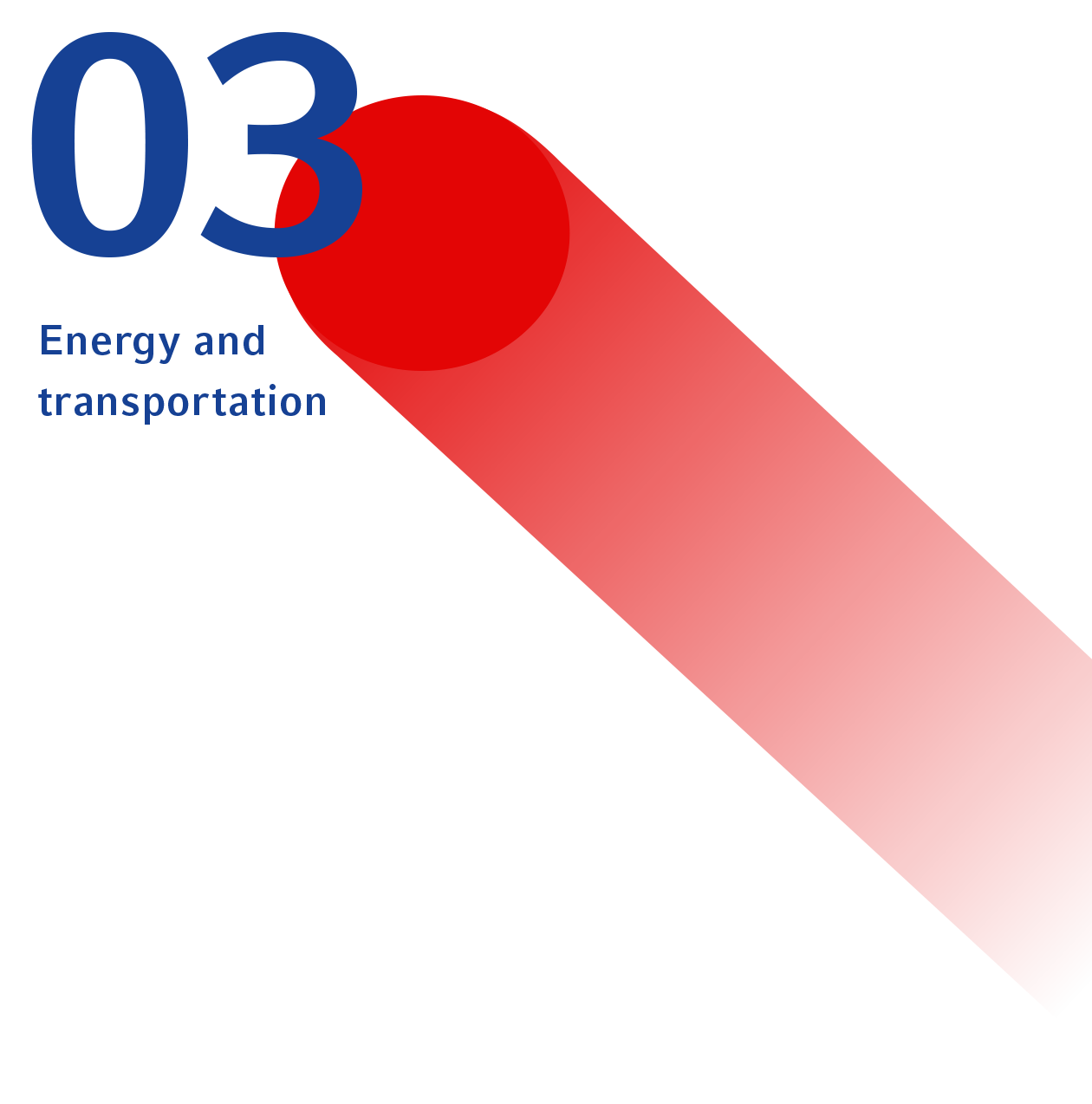
Challenge Accepted!
ElringKlinger has a clear vision for the future and its eye firmly on its goals. But multifarious challenges lie in wait, which the Group will be tackling with flexible, forward-looking action. Below you can find out how ElringKlinger is responding to ongoing change.
2022 has already been called the “year of multiple crises” by many, and widespread conflict and upheaval are shaping current global events. This is posing major challenges for politicians and businesses alike. The incredibly tough environment is requiring companies to show significant flexibility and resilience in order to navigate it successfully. Three of the biggest challenges for the automotive industry over the past year have been skyrocketing material prices, liquidity along the supply chains, and numerous bottlenecks affecting components and commodities.
How is ElringKlinger responding to these challenges? We asked members of the Management Board and senior Group figures about material prices, supply chain finance, and energy and transportation. Their interviews provide some real-life insights into how ElringKlinger is meeting the challenges with prudent planning and organization. They shed a light on some of the successful measures taken but also take a critical look at some of the complex issues that will be on the company’s agenda in the future. Find out first-hand how ElringKlinger is addressing the manifold challenges and how it will ultimately overcome them.
Pascal Stoll, Vice President Purchasing, talks to us about material prices. Together, we take a look at recent price trends – some of which have been extreme – and how ElringKlinger is responding to them in its procurement activities.
Thomas Jessulat, Chief Financial Officer (CFO) at ElringKlinger, explains in his interview how reverse factoring works, how the Group is using such an arrangement to improve its supply chain liquidity, and how this is creating added value for both ElringKlinger and its suppliers.
With regard to the challenges involved in buying energy and transportation services, Bernd Weckenmann, Vice President Procurement & Supply Chain Management, discusses the most important developments and explains how ElringKlinger is reacting to market movements.


In view of the high and continually fluctuating material prices, how would you sum up 2022?
Stoll: “Challenging and stormy” would be a good description of 2022. We were faced with an unprecedented market situation last year that was reflected in raw material prices. That has persisted to this day. One particular challenge in the industry was delivery scheduling by manufacturers, which varied enormously in line with demand and thus caused uncertainty along the entire supply chain.
What other factors were there?
Stoll: And then there were the material shortages, some of which were still a hangover from Covid times, which were exacerbated further by the Ukraine crisis. Keeping supplies flowing was one of the biggest challenges that we overcame successfully. Like everyone else, however, the record price hikes for key categories of materials, such as aluminum, nickel, and plastics, had an impact on our costs. The market price of aluminum and steel, for instance, hit an all-time high midway through the year. Meanwhile, the availability of plastics and elastomers became increasingly critical as the year went on, with bottlenecks persisting right up until the fourth quarter and prices rising continuously. And then you have the high energy prices, which are having an additional impact on the various categories of materials.
How did you tackle these adversities on the procurement front?
Stoll: We’ve identified several areas in which ElringKlinger can take action to improve its cost situation and are working rigorously to implement the measures we’ve agreed. For example, we’re carrying out regular index-based price analyses in order to identify unfavorable market trends early on and request price cuts at the right time. We’ve established a high level of transparency in pricing as early as the price negotiation stage. This allows us to identify potential reductions in costs and put them into effect. We’ve also been regularly examining whether certain single-sourcing situations are still the best option for ElringKlinger and whether we need to step up our dual-sourcing strategy. From a strategic perspective, it’s important that we work with our suppliers to come up with solutions that benefit both sides and help foster a working relationship based on trust.


"The reverse factoring arrangement helps to build a working relationship based on trust between ElringKlinger and its suppliers."
Thomas Jessulat, CFO
Mr. Jessulat, what problem does reverse factoring solve, and how does such an arrangement work?
Jessulat: ElringKlinger launched a reverse factoring scheme last year. It allows participating suppliers to assign their receivables from ElringKlinger Group companies to the financing bank if they accept a discount. This enables them to get their invoices paid early, albeit with that discount applied. When the invoice falls due, ElringKlinger then settles it with the bank providing the finance rather than with the supplier.
Liquidity is an important asset for companies to have. So do both sides get something out of an arrangement like this?
Jessulat: Yes, an arrangement like this is geared toward improving the liquidity situation at both the companies involved, i.e., ElringKlinger as well as its suppliers. This is important, particularly in uncertain times like these. Every company wants full coffers and healthy financing for its business.
What are the specific benefits for ElringKlinger and its suppliers?
Jessulat: The reverse factoring scheme is mainly about generating added value for the Group and its suppliers. Suppliers can sometimes get more favorable terms than with their own alternative financing arrangements. Getting bills settled early can be financed based on the creditworthiness of ElringKlinger. It also gives suppliers more flexibility.
So it’s a scheme for suppliers?
Jessulat: No, not just that. The reverse factoring scheme also lets ElringKlinger optimize its own liquidity situation. We can make full use of our agreed payment terms in order to improve our working capital. Ultimately, the reverse factoring arrangement helps to build a working relationship based on trust between ElringKlinger and its suppliers through the benefits it brings.


"Despite all the uncertainty, we have a good understanding of the current market situation."
Bernd Weckenmann, Vice President Procurement & Supply Chain Management
You don’t need to study the graphs of energy and transportation prices particularly hard to see that the past 24 months have been tricky. What’s been behind that?
Weckenmann: Yes, the two markets have been hit by multiple shortages and crises piling in at the same time. Unlike in the two previous years, which were dominated by semiconductor and container shortages among other things, 2022 was a year of price rises – some of them extreme – that also affected transportation and energy. Exacerbated here and there by the war in Ukraine, the price of natural gas, for example, was quadruple that of its pre-pandemic level at times. All of us are feeling the effect of the energy crisis in our everyday lives. For a corporate group like ElringKlinger, the new situation meant once again that the less energy we use, the less energy we will need to buy. We in the Group benefit from the fact that we generate much of the energy we need ourselves at some of our sites – and from renewable sources at that.
How did you respond to the situation?
Weckenmann: The main factor in terms of purchasing was a forward-looking, long-term procurement strategy that had enabled us to cover most of our energy needs before the crisis even emerged. This meant that a significant portion was acquired on terms that were much better than the market, despite the crisis. Nevertheless, as a manufacturing company we still faced significantly higher energy costs overall last year.
How did the situation develop with your transportation supply chains?
Weckenmann: The situation with freight costs was slightly different. Happily, freight prices fell as the year went on, ultimately dropping to a level last seen prior to the Ever Given accident in the Suez Canal in March 2021. Shipping containers are even back below the prices they were at before the coronavirus pandemic. Nevertheless, we mustn’t forget the many bottlenecks that supply chains are still grappling with. Semiconductors, for instance, have remained in short supply, while the war in Ukraine has exacerbated bottlenecks affecting products manufactured there or in Russia.
So what does the future hold in terms of procuring energy and transportation services?
Weckenmann: Of course, it’s hard to make predictions about something like this. Last year showed us how quickly some things that people held to be certain can be called into question. Energy will remain a key issue in the industry. Despite all the uncertainty, however, we have a good understanding of the current market situation. We know how we can respond and keep on influencing our purchasing and supply chain situation for the better.





